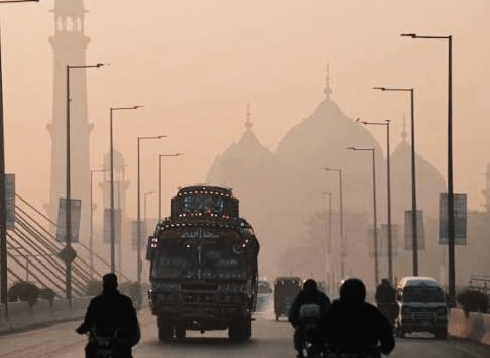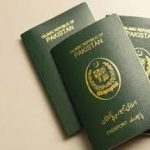Lahore: The city of gardens tragically reclaimed its position among the world’s most polluted cities on Monday morning, as its Air Quality Index (AQI) plummeted to “extremely harmful” levels. According to the international air quality monitor, IQ Air, Lahore’s overall AQI was recorded at a staggering 396.
Unprecedented Pollution Spikes in Key Localities
The situation escalated to an unprecedented health emergency in several key areas of the city, with the Punjab Environment Department reporting highly dangerous localized readings:
| Area | Air Quality Index (AQI) | Health Impact |
| FF Pakistan One | 790 | Hazardous |
| Civil Secretariat Road | 770 | Hazardous |
| Sanda Road | 718 | Hazardous |
| CERP Office | 641 | Hazardous |
| DHA Phase 8 | 624 | Hazardous |
| Barki Road | 610 | Hazardous |
While most of the city suffocated under these severe figures, a minor respite was noted near the Wagah Border, where the AQI was significantly lower at 176.
Government Takes Action Amidst Transboundary Smog Concerns
In a bid to combat the escalating smog crisis, the Environment Department has immediately implemented new measures, banning dry sweeping and mandating the spraying of water before washing highways.
Meanwhile, new data from the Pakistan Space and Upper Atmosphere Research Commission (Suparco) provides a silver lining on the local front:
- Crop residue burning, a major contributor to smog, has seen a 65% reduction across Punjab.
- The count of environmental violations related to burning dropped from 838 last year to 294 this year.
Despite this local improvement, the report highlights an alarming external threat: a substantial portion of the smog is being attributed to pollution infiltrating from Indian border areas. This transboundary element is significantly exacerbating the smog problem, affecting not just Lahore but other cities across Punjab as well.




